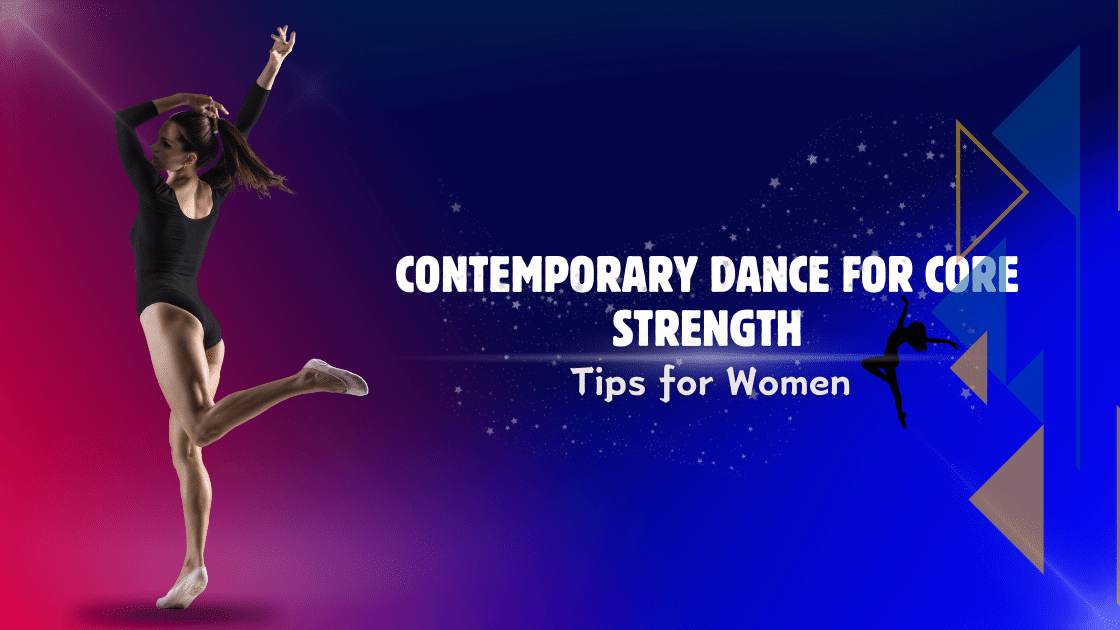Contemporary Dance for Core Strength
Core strength is essential for dancers, particularly in contemporary dance, where fluidity, control, and stability are paramount. This guide provides women with effective tips and exercises to improve core strength specifically for contemporary dance, helping you enhance your technique, balance, and performance.
Understanding the Importance of Core Strength
The core muscles, including the abdominals, obliques, lower back, and pelvic floor, serve as the foundation for movement in contemporary dance. A strong core provides stability, supports proper alignment, and allows for greater range of motion.
Tips for Developing Core Strength
1. Engage Mindfully
- Focus on engaging your core muscles throughout your dance practice, from warm-up to cool-down.
- Visualize drawing your navel towards your spine and lifting through your pelvic floor to activate deep core muscles.
2. Incorporate Pilates Principles
- Pilates exercises target the core muscles and promote strength, flexibility, and alignment.
- Integrate Pilates-inspired movements, such as pelvic tilts, leg lifts, and planks, into your dance conditioning routine.
3. Practice Stability Exercises
- Perform stability exercises, such as single-leg balances and standing twists, to challenge your core control and proprioception.
- Use props like stability balls or balance boards to add variety and intensity to your workouts.
4. Focus on Breath Awareness
- Coordinate your breath with movement to facilitate core engagement and relaxation.
- Practice diaphragmatic breathing to support core activation and enhance endurance during longer dance sequences.
5. Explore Floor Work
- Floor work exercises, such as roll-ups, bridges, and leg slides, engage the entire core while promoting flexibility and fluidity of movement.
- Experiment with improvisational floor sequences to challenge your core stability and coordination.
Sample Core-Strengthening Routine
Warm-Up:
- Cat-Cow Stretch: Start on your hands and knees, arching and rounding your spine sequentially.
- Standing Side Bends: Stand with feet hip-width apart, arms overhead, and gently side bend to each side.
Conditioning:
- Plank Variations: Hold a plank position on forearms or hands for 30-60 seconds, then add variations like hip dips or shoulder taps.
- Pilates Hundred: Lie on your back, lift legs to tabletop position, and pump arms up and down while engaging your core for 100 counts.
Stability Training:
- Single-Leg Balance: Stand on one leg, lift the other leg to hip height, and hold for 30 seconds on each side.
- Twisting Lunges: Step back into a lunge position, twist torso towards front knee, then return to center and switch sides.
Cool Down:
- Child’s Pose: Kneel on the floor, sit back on your heels, and reach arms forward, lengthening through your spine.
- Supine Spinal Twist: Lie on your back, bend knees, and gently drop them to one side while rotating torso in the opposite direction.
Improving core strength is essential for women in contemporary dance, enabling greater control, stability, and expression in movement. By incorporating mindful engagement, Pilates principles, stability exercises, and breath awareness into your dance practice, you can enhance your core strength and elevate your performance. With dedication and consistency, you’ll not only develop a strong core but also unlock new possibilities in your contemporary dance journey.








